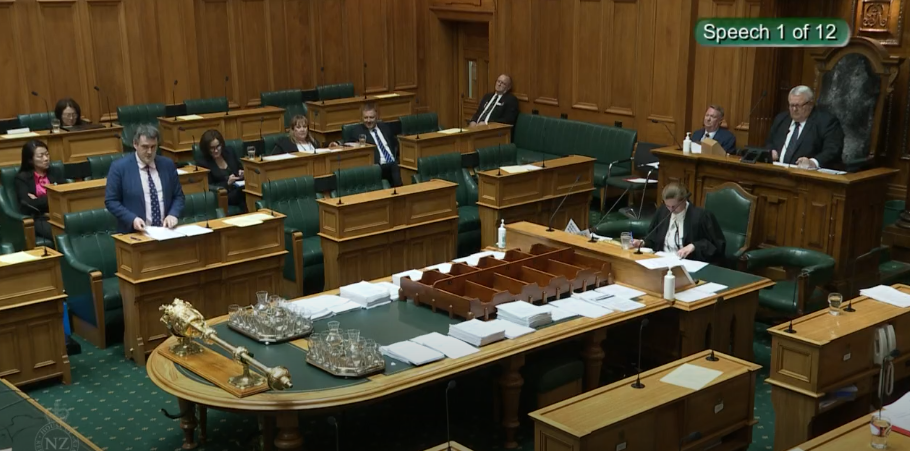Changes to the Healthy Homes Standards have been finalised and a date is set for when they will become law.
The Residential Tenancies (Healthy Homes) Amendment Regulations 2022 have been gazetted.
This means the legislation has been finalised and a date is confirmed for when the changes come into force – 12 May 2022.
The amendments make changes to the heating, ventilation, and moisture ingress and drainage standards.
There will also be changes to the Healthy Homes Statement within the tenancy.co.nz eBundle agreement software.
Up until 12 May 2022 private landlords must make sure their rental properties comply with the current Healthy Homes Standards within 90 days of any new or renewed tenancy.
If a rental property already meets the existing standards, it will not need any extra work to comply with the changes.
Here is a summary of the main changes:
The heating formula
The changes to the heating standard will generally allow smaller heaters to be installed in homes built to the 2008 building code requirements for insulation and glazing and apartments.
Buildings which are not apartments and are not built to the 2008 Building Code requirements for insulation and glazing still need to comply with the original Healthy Homes Standards heating requirements unless they meet the requirements of one of the alternative pathways, described below.
Compliance date for landlords
Private landlords of new homes built to the 2008 building code requirements for insulation and glazing and certain apartments will have a later deadline to meet the heating standard.
Landlords who sign a new or renewed tenancy agreement on or after 12 May 2022 and before 12 November 2022, will have until 12 February 2023 to comply with the heating standard.
From 12 November 2022, landlords have 90 days to comply with the heating standard as well as the other healthy homes standards as usual.
Energy-efficient technologies & geo-thermal heating
Developers can now use new and different heating technologies to comply with the heating standard. This requires a specialist to estimate the housing needs according to specific criteria including that the system must be able to heat the living room to 18ºC on the coldest day of the year.
Also, geothermal heating systems that provide direct heat to a living room will also meet the heating standard. This will be utilised primarily by homes in Rotorua.
Heaters installed prior to 1 July 2019
There will also be changes to the electric heater ‘top up’ allowance from 1.5kW to 2.4kW and an increase in the tolerance allowance from 90% to 80% if there is an existing qualifying heater installed prior to July 2019.
Over time, as heaters need to be replaced due to wear and tear, they will need to meet the full requirement of the heating standard.
Apartments can used fixed electric heaters
There will be a minor change to the heating standard has been made to clarify situations where the landlord is not the owner of the whole tenancy building and so cannot meet the heating standard.
If the required heating capacity is over 2.4 Kw, a landlord must install at least one qualifying heater that has a heating capacity of at least 2 kW. A fixed electric heater with a thermostat is an acceptable heater for this situation.
Changes to the ventilation standard
Amendments to the ventilation standard now support the use of continuous mechanical ventilation, which extracts moisture to the outdoors from kitchens and bathrooms.
Continuous mechanical ventilation will meet the ventilation standard where they have been installed in homes that have first received building consent, and the system was part of that original consent, on or after 1 November 2019.
For retrofitted homes where installation of continuous mechanical ventilation happened before 1 November 2019, or if the mechanical ventilation system wasn’t part of the original consent, the system must provide ventilation for multiple rooms and meet minimum exhaust capacity requirements.
Clarification to the moisture ingress and drainage standard
Finally, there is a minor change to the moisture ingress and drainage standard for moisture barriers has been made.
It clarifies that landlords are not required to install alternative moisture barriers where installation of a polythene barrier isn’t reasonably practical.




